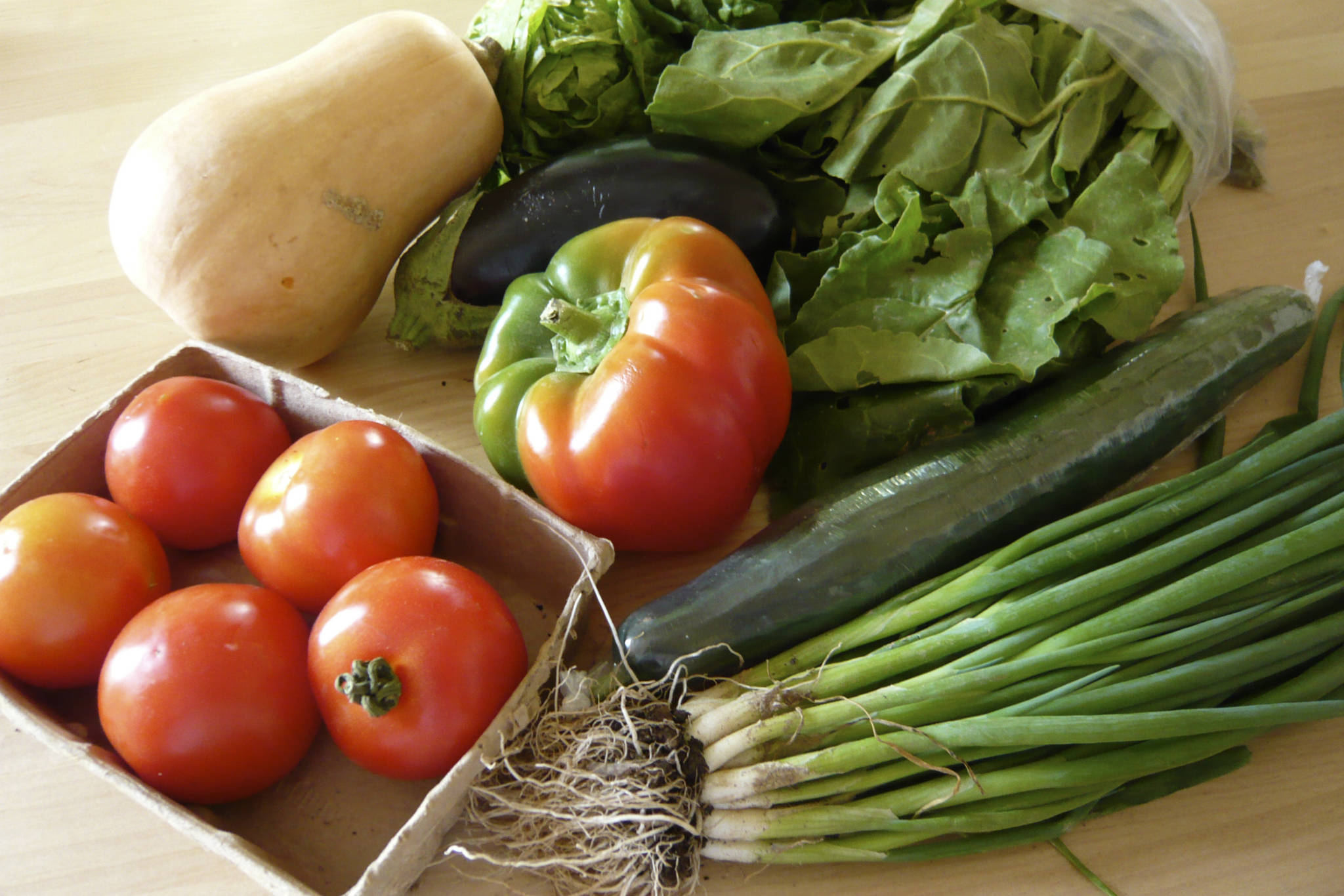Government assistance can be the lifeline that helps people experiencing financial hardship get back on their feet. But high barriers to accessing those benefits and decreased national spending on core programs that alleviate poverty could make it more difficult for low-income individuals to make ends meet, public policy analysts say.
The Trump administration’s 2019 budget proposal, released on Monday, would cut funding for the Supplemental Nutrition Assistance Program (SNAP) by nearly 30 percent—more than $213 billion—over the next 10 years. In Washington, that would impact 900,000 people who receive food benefits, about a third of whom are children, according to the state’s Department of Health and Department Social and Health Services.
Under the proposal, beneficiaries who receive at least $90 a month would get part of their assistance in the form of a food box that would contain “items such as shelf-stable milk, ready to eat cereals, pasta, peanut butter, beans and canned fruit, vegetables, and meat, poultry or fish.” The remainder of their benefits would be distributed to their EBT card. Yet Christina Wong, Public Policy Manager at the statewide food bank Northwest Harvest, says that the package is an “ill-conceived idea” that would be a blow to the economy. “To replace half of a monthly household benefit takes away that purchasing ability,” Wong said. “A box of food isn’t generating income in local communities.”
Local foodsheds create jobs in grocery stores, warehouses, the agricultural industry, and the transportation system. These positions could be jeopardized by cuts to SNAP. According to a Washington Department of Social and Health Services statement, every dollar that families receive in food benefits currently generates $1.74 for the economy.
Trump’s plan would also expand work requirements for older beneficiaries by increasing the age range for able-bodied adults without dependents from 49 to 62 years old.
The proposal would also push some people out of the program who are unable to find a job. The USDA currently waives time limits for people who are looking for work in areas with high unemployment. King County is currently the only part of the state without this waiver, but the proposal would impose time limits statewide. “It’s taking food away from people who are struggling,” Wong said.
“This proposal takes the wrong approach to providing healthy, nutritious food to our neighbors with limited resources,” Washington state Secretary of Health John Wiesman said in a press release. “The Supplemental Nutrition Assistance Program works because it gives people the freedom to choose what they want to eat.”
The impact of limitations to SNAP can already be seen in the cuts that were made to Washington’s Temporary Assistance for Needy Families. The people who were pushed out of the program as a result serves as more than a cautionary tale, but as “rock solid evidence that many of the things that the Trump administration is doing in this budget don’t work,” according to Washington State Budget and Policy Center Deputy Director Julie Watts. “TANF is evidence that time limits … [and] work requirements don’t move people out of poverty,” Watts said. “What they do is lead to more economic hardships for people.”
Funding for WorkFirst, Washington’s Temporary Assistance for Needy Families, has decreased by nearly fifty percent in the past decade, said Watts. As a result, the case load has dropped from over 50,000 families to around 30,000, despite a rise in poverty, according to the center’s WorkFirst policy brief released last month. Moreover, about 60 percent of the individuals who were pushed off of TANF between 2009-2015 have mental health needs and more than 1/3 have a chronic illness, Watts said. “We know that these families aren’t doing well and this has intergenerational impact on poverty.”
mhellmann@seattleweekly.com








